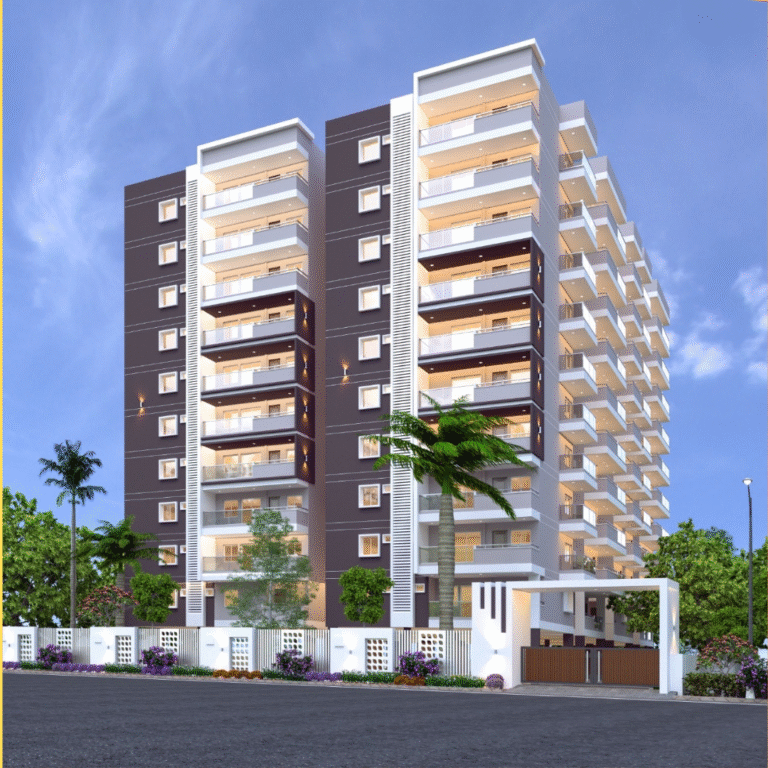While sustainable building techniques benefit the environment as well as long-term financial sustainability, they have attracted a lot of interest in the real estate sector. Real estate developers and property owners are looking more and more to environmentally friendly approaches to lower their carbon footprint as worries about resource depletion and climate change rise. The sustainable building practices allow the sector to support better living conditions and help preserve the environment.
Reduced energy consumption
Reducing energy usage is one of the main advantages of this method provide for the environment. Energy-efficient building materials and technology help to reduce the power consumption for lighting, cooling, and heating. Improved insulation, energy-efficient windows, and sophisticated HVAC systems help to keep inside temperatures acceptable and reduce the need for fossil fuels. These structures not only reduce greenhouse gas emissions but also assist to ease local power system stress by lowering the energy demand.
Conservation of Natural Resources
Furthermore emphasized by these methods are the preservation of natural resources, which is essential in a world where many materials are either limited or become more rare. It reduces the requirement for virgin resources by means of renewable resources such as bamboo, preserved wood, and recycled materials. Furthermore, helping to preserve priceless natural resources are water-efficient plumbing and landscaping, which lower water waste. These initiatives support the preservation of ecosystems, preservation of biodiversity, and lessening of the effects of building projects on the surroundings.

Reduction of Waste and Pollution
Reducing building waste and minimizing pollution is the main emphasis of this method. Reusing materials and recycling scrap can help greatly reduce landfill contributions during building by means of waste management practices. Moreover, the use of environmentally safe, non-toxic building materials helps reduce pollution both during and after the construction is under progress. It helps to improve air quality for nearby communities and contribute to better ecosystems by giving low-impact materials top priority and cutting the usage of dangerous chemicals.
Improved Air and Water Quality
Another major advantage of sustainable building practices is their positive effect on air and water quality. These buildings help to produce better indoor environments by employing low-emission paints, varnishes, and adhesives, as well as by lowering the dependence on dangerous chemicals. Sustainable buildings often incorporate efficient irrigation techniques and rainwater collection systems. These methods help prevent runoff and water contamination, which protects local water sources.
Reducing environmental damage and advancing a sustainable future depend on real estate using sustainable building techniques. From resource conservation to enhanced energy efficiency and lower pollution, these behaviors have long-term advantages supporting both environmental and financial welfare.















